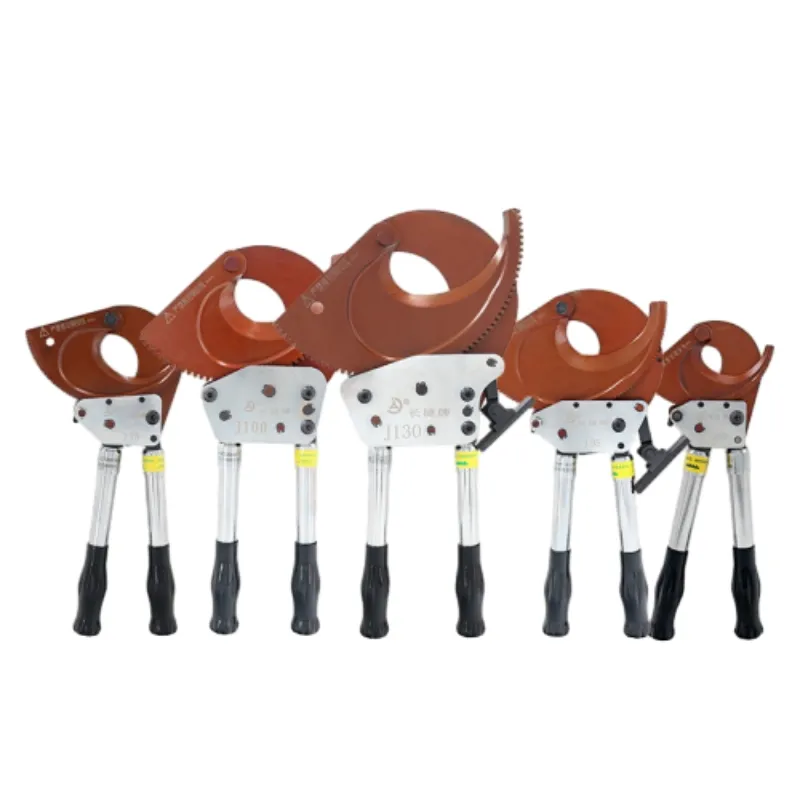
-
 Afrikaans
Afrikaans -
 Albanian
Albanian -
 Amharic
Amharic -
 Arabic
Arabic -
 Armenian
Armenian -
 Azerbaijani
Azerbaijani -
 Basque
Basque -
 Belarusian
Belarusian -
 Bengali
Bengali -
 Bosnian
Bosnian -
 Bulgarian
Bulgarian -
 Catalan
Catalan -
 Cebuano
Cebuano -
 Corsican
Corsican -
 Croatian
Croatian -
 Czech
Czech -
 Danish
Danish -
 Dutch
Dutch -
 English
English -
 Esperanto
Esperanto -
 Estonian
Estonian -
 Finnish
Finnish -
 French
French -
 Frisian
Frisian -
 Galician
Galician -
 Georgian
Georgian -
 German
German -
 Greek
Greek -
 Gujarati
Gujarati -
 Haitian Creole
Haitian Creole -
 hausa
hausa -
 hawaiian
hawaiian -
 Hebrew
Hebrew -
 Hindi
Hindi -
 Miao
Miao -
 Hungarian
Hungarian -
 Icelandic
Icelandic -
 igbo
igbo -
 Indonesian
Indonesian -
 irish
irish -
 Italian
Italian -
 Japanese
Japanese -
 Javanese
Javanese -
 Kannada
Kannada -
 kazakh
kazakh -
 Khmer
Khmer -
 Rwandese
Rwandese -
 Korean
Korean -
 Kurdish
Kurdish -
 Kyrgyz
Kyrgyz -
 Lao
Lao -
 Latin
Latin -
 Latvian
Latvian -
 Lithuanian
Lithuanian -
 Luxembourgish
Luxembourgish -
 Macedonian
Macedonian -
 Malgashi
Malgashi -
 Malay
Malay -
 Malayalam
Malayalam -
 Maltese
Maltese -
 Maori
Maori -
 Marathi
Marathi -
 Mongolian
Mongolian -
 Myanmar
Myanmar -
 Nepali
Nepali -
 Norwegian
Norwegian -
 Norwegian
Norwegian -
 Occitan
Occitan -
 Pashto
Pashto -
 Persian
Persian -
 Polish
Polish -
 Portuguese
Portuguese -
 Punjabi
Punjabi -
 Romanian
Romanian -
 Russian
Russian -
 Samoan
Samoan -
 Scottish Gaelic
Scottish Gaelic -
 Serbian
Serbian -
 Sesotho
Sesotho -
 Shona
Shona -
 Sindhi
Sindhi -
 Sinhala
Sinhala -
 Slovak
Slovak -
 Slovenian
Slovenian -
 Somali
Somali -
 Spanish
Spanish -
 Sundanese
Sundanese -
 Swahili
Swahili -
 Swedish
Swedish -
 Tagalog
Tagalog -
 Tajik
Tajik -
 Tamil
Tamil -
 Tatar
Tatar -
 Telugu
Telugu -
 Thai
Thai -
 Turkish
Turkish -
 Turkmen
Turkmen -
 Ukrainian
Ukrainian -
 Urdu
Urdu -
 Uighur
Uighur -
 Uzbek
Uzbek -
 Vietnamese
Vietnamese -
 Welsh
Welsh -
 Bantu
Bantu -
 Yiddish
Yiddish -
 Yoruba
Yoruba -
 Zulu
Zulu


Jul . 31, 2024 23:37 Back to list
Exploring the Mechanics and Applications of Chain Pulley Systems in Various Industries
Understanding Chain Pulleys Mechanisms and Applications
Chain pulleys are integral components in mechanical systems designed to facilitate the movement of heavy loads. They utilize a combination of chains and sheaves (or wheels) to create a system that reduces the effort required to lift objects. The versatility and efficiency of chain pulleys have made them indispensable in various fields, including construction, manufacturing, and shipping.
Mechanism of Chain Pulleys
A chain pulley system typically consists of a chain that wraps around one or more pulleys. The pulleys are mounted on a frame or a structure, allowing them to rotate freely. When the chain is pulled, the pulleys rotate, which in turn lifts the attached load. The use of a chain instead of a rope or cable offers unique advantages, as chains are more durable and less likely to stretch or break under heavy loads.
The mechanical advantage of a chain pulley system can be understood through the concept of leverage. By using multiple pulleys in a block-and-tackle arrangement, the user can significantly reduce the amount of force required to lift heavy objects. For instance, in a two-pulley system, the force needed to raise a load can be halved. This principle allows workers to lift hundreds, or even thousands, of pounds with relatively little effort.
Applications of Chain Pulleys
Chain pulleys are used in a wide range of applications, showcasing their versatility
. In construction, they are essential tools for lifting heavy beams, concrete blocks, and other materials to elevated work sites. Cranes often utilize chain pulley systems to maximize their lifting capacity and ensure safety.chain pulley

In manufacturing environments, chain pulleys play a role in assembly lines and conveyor systems. They help transfer materials and products efficiently between different production stages. For example, a chain pulley system may be employed to lift and position heavy machinery or components during assembly, streamlining the process and enhancing productivity.
Shipping and logistics also benefit greatly from chain pulleys. Cargo ships use them to hoist containers on and off the vessel. In warehouses, chain pulleys can be found in hoisting systems used for lifting goods to different heights for storage or retrieval.
Safety Considerations
While chain pulleys are highly effective, safety is a crucial aspect of their operation. Proper training and adherence to safety protocols are essential to prevent accidents. Users must ensure that the chains and pulleys are rated for the weight being lifted, and regular maintenance checks should be performed to detect any signs of wear or damage. It is also important to use the correct lifting techniques and equipment to avoid strains or injuries.
Conclusion
Chain pulleys are vital devices that play a crucial role in various industrial processes and applications. Their mechanical advantage, durability, and versatility contribute to their widespread use in lifting and transferring heavy loads. As technology continues to evolve, so do the designs and materials used in chain pulley systems, enhancing their efficiency and safety. Understanding the mechanics and applications of chain pulleys not only empowers workers in their tasks but also contributes to the overall productivity and safety in numerous industries. Whether in construction, manufacturing, or shipping, the chain pulley remains a fundamental tool in the engineer's toolkit.
Latest news
What Are Construction Tools and How Are They Used?
NewsJul.11,2025
Professional-Grade Duct Rodding Tools for Superior Cable Installation
NewsJul.11,2025
Enhancing Safety and Efficiency with Modern Hot Stick Solutions
NewsJul.11,2025
Empowering Cable Installation with Advanced Rodder Solutions
NewsJul.11,2025
Elevate Your Cable Installation Projects with Cable Pulling Tools
NewsJul.11,2025
Efficient Cable Handling Solutions: Cable Rollers for Sale
NewsJul.11,2025











